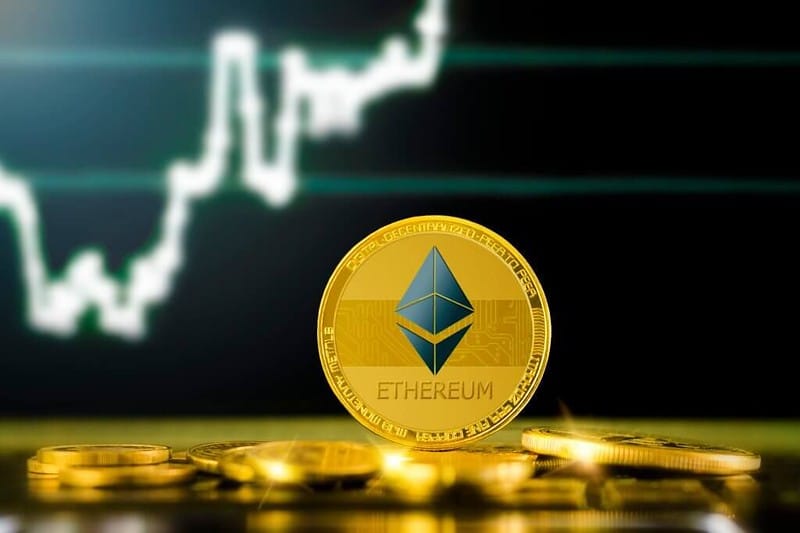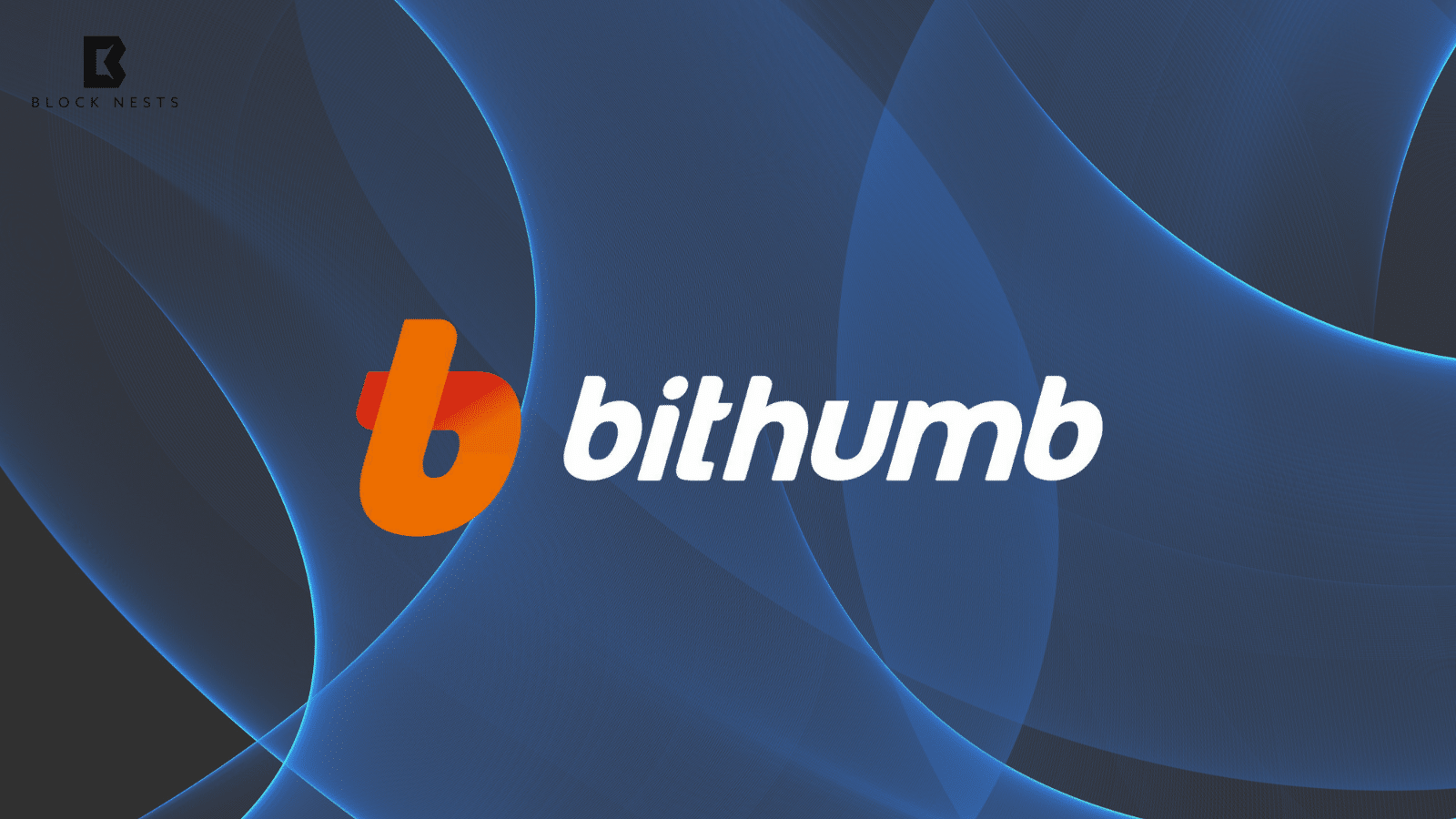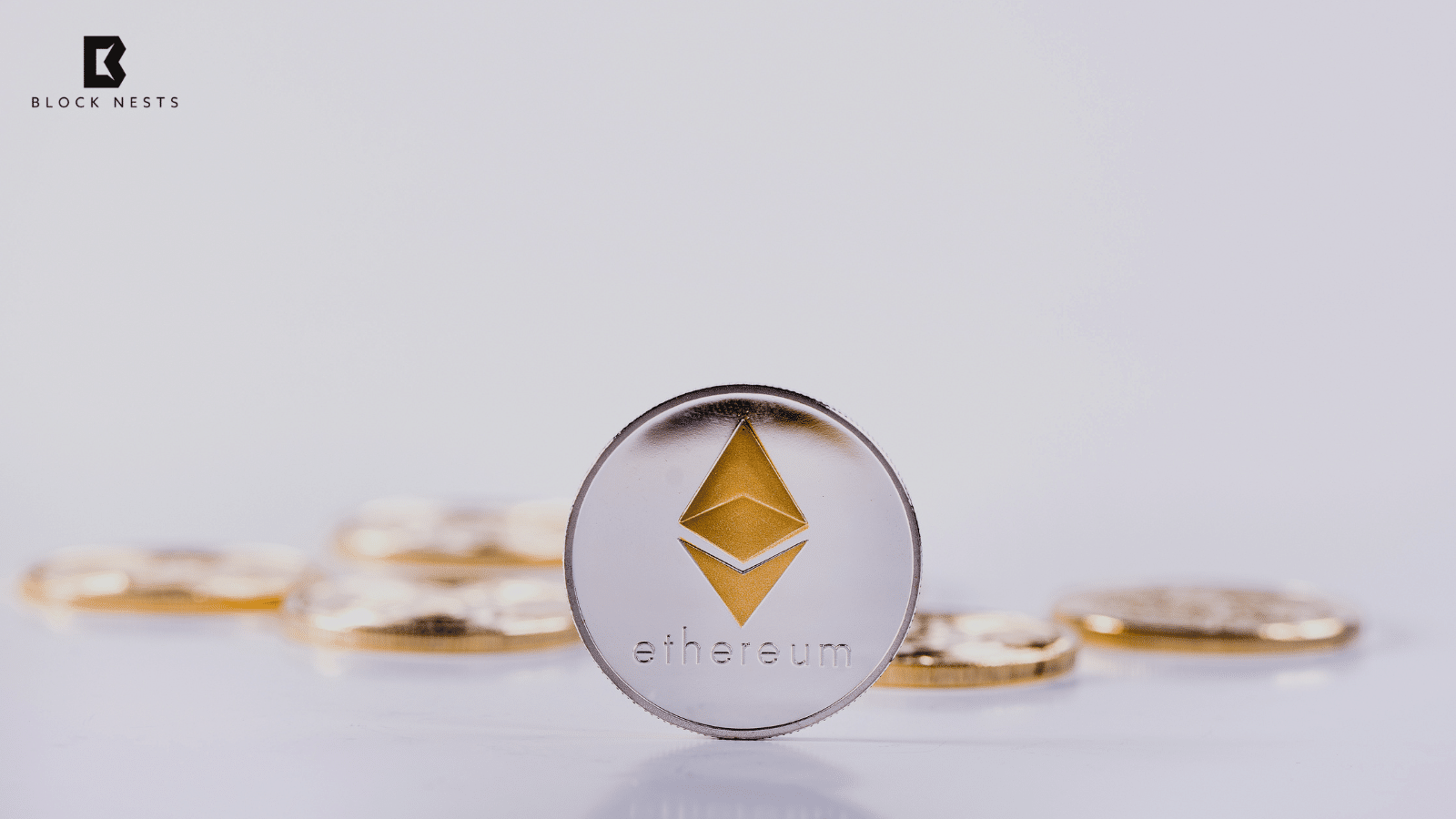- Ethereum loses value to Layer 2 (L2) rollups, which extract profits while ETH stakers gain little.
- L2s pay minimal fees to Ethereum despite generating huge revenue.
- Ethereum must demand contributions from L2s to sustain its security and value.
According to analyst Zak, Ethereum’s Layer 2 (L2) solutions benefit from its security, liquidity, and trust. Yet, ETH itself sees little in return. The network secures transactions, while rollups collect the fees. Stakers, who keep Ethereum running, receive minimal compensation.
Ethereum is bleeding value to L2s. Rollups extract fees, MEV, and liquidity while ETH stakers get left behind. If this keeps up, Ethereum becomes a dumb security layer while L2s print money. Does this sound like a decent model for fixing it? 🧵👇
— zak.eth (@0xzak) March 14, 2025
The statistics point to the problem. Base, one of the largest L2s, brought in $2.5 million in fees last month but only sent $11,000 to ETH. Optimism earned $321 for each dollar it contributed. If this is the way things are heading, ETH may become only a security layer while L2s bring most of the revenue.
Economic inequality harms the future of ETH. Rollups are autonomous and are solely interested in their profit margin. They have little incentive to secure Ethereum. If ETH doesn’t act soon, rollups can become unattached from the network that backs them.
L2s Must Contribute to Ethereum’s Stability
Ethereum’s network is not free. L2s must pay their way. They are currently enjoying Ethereum’s security without giving enough back. That must change. Mandatory ETH staking for rollups is one way to do it. Any L2 built on ETH should stake some ETH as collateral. That would align their interests with Ethereum’s long-term survival.
A share of their transaction fees should also go to ETH stakers. Maximal Extractable Value (MEV) rewards should also be directed towards Ethereum’s economy. Rollups accept MEV but keep most of the profit. If some of the MEV revenue was redistributed, ETH would remain at the center of the ecosystem. These modifications would solidify Ethereum’s dominance and avoid destabilization of the network due to L2s.
Securing Ethereum’s Future with L2s
To be of continued relevance, L2s would need to evolve their economic models. They can be standalone but would need to integrate Ethereum’s security and liquidity. Sequencers in L2 would need to stake their ETH or contribute to an ETH-based vault. This vault would regulate the rollup economy with ETH as the centerpiece of blockchain operations. ETH validators would secure the base and the L2s as well, making the network as a whole stronger.
The liquidity has to be ETH-centric. There can be native tokens for L2s but the default asset for cross-chain transactions has to be ETH. This makes ETH the economic backbone of rollup chains. ETH cannot subsidize L2s without being compensated for it.
The current architecture is not sustainable. Without economic alignment, rollups are likely to slip out of the hands of ETH. Something must be done before ETH ends up being a security provider with no influence on the networks it backs.
Related Reading: Bitcoin Lights Up the Sky: Gemini’s Drone Show Sets New Record
How would you rate your experience?






